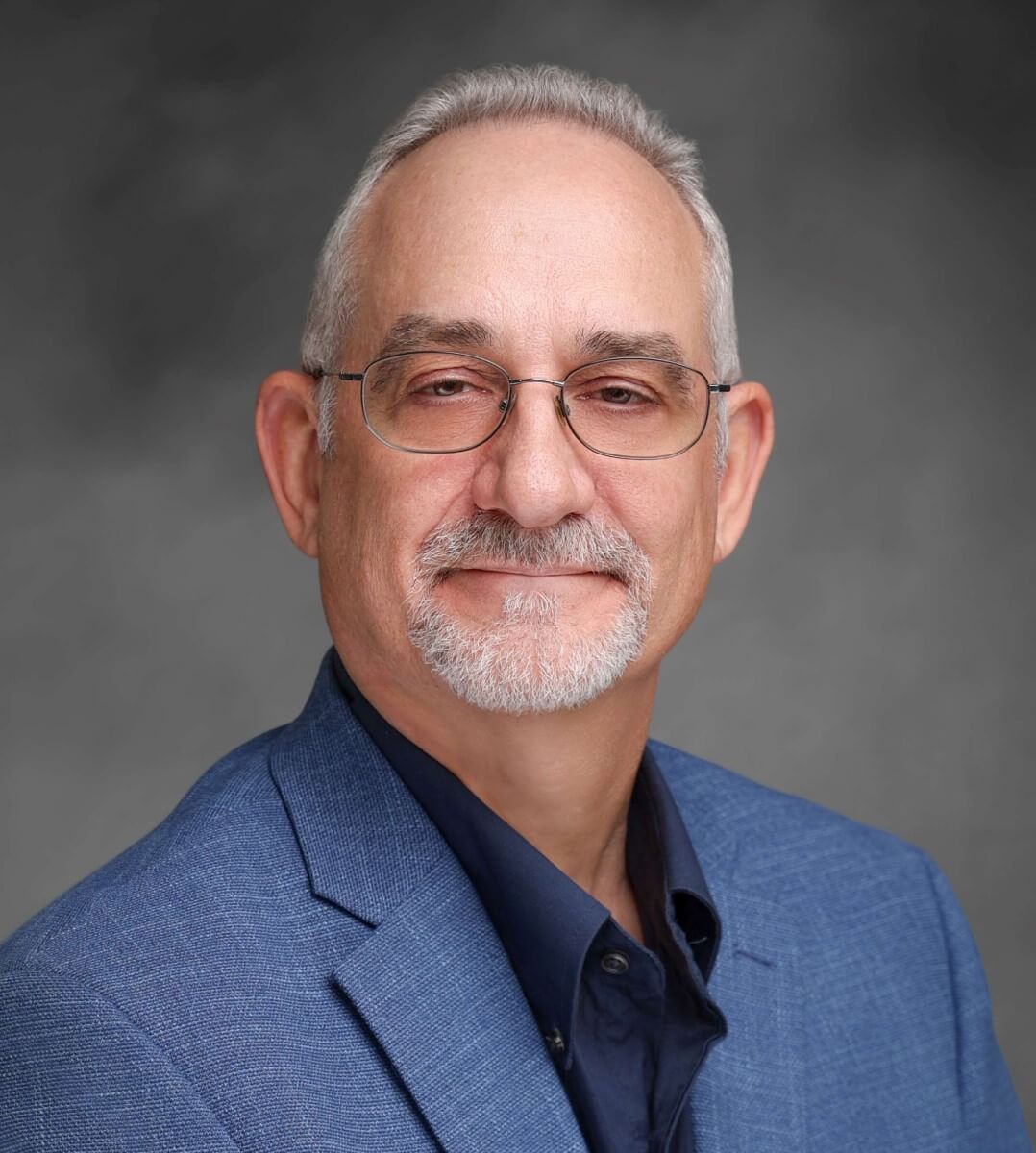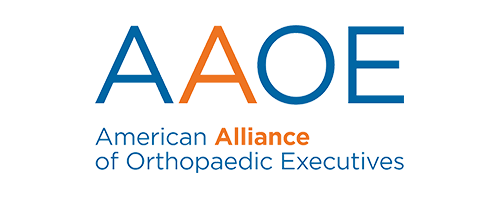Advocacy Is More Than Speaking To Your Legislators
 by Paul Bruning
by Paul Bruning
Advocacy
ad·vo·ca·cy \ ˈad-və-kə-sē \
Noun: The act or process of supporting a cause or proposal; the act or process of advocating.
Advocacy is not confined to Washington, D.C. or lobbying external stakeholders. It also takes place internally—within our own organizations—where we champion causes, share concerns, and educate our members. At AAOE, internal advocacy plays a crucial role. Through initiatives like blog posts, Advocacy 101, and the newly launched vignettes, we inform and empower members to better understand key issues and speak out effectively.
One such issue is the complex conversation around site-neutral payments and Medicare sustainability. There are valid concerns that implementing site-neutral payments could bring all providers down to a common level—potentially initiating a race to the bottom. There’s uncertainty around how the saved funds would be used, and rightly so. However, for some, this shift may represent a necessary step toward preserving Medicare and moving toward a value-based care model instead of traditional fee-for-service structures.
The reality is sobering there's no financially viable path to raise private practice reimbursements to hospital outpatient department (HOPD) levels without significantly increasing Medicare’s costs—at a time when the program is already strained. Discussions around using site-neutral savings for unrelated priorities, like tax breaks, only deepen the mistrust.
There’s no simple fix. Elevating physician payments while maintaining Medicare’s solvency is a balancing act. This is precisely why internal advocacy is critical. It's about more than policy positions—it's about fostering dialogue, asking tough questions, and creating platforms where stakeholders, including physicians, practice administrators, and legislators, can engage meaningfully.
What we truly need is a policy summit—a gathering of advocacy and leadership from all major healthcare organizations, including AAOE, AMA, AAOS, and others, alongside legislative representatives. Only through open, informed, and collaborative discussion can we begin to shape a sustainable payment model that works for patients, providers, and the future of Medicare.
